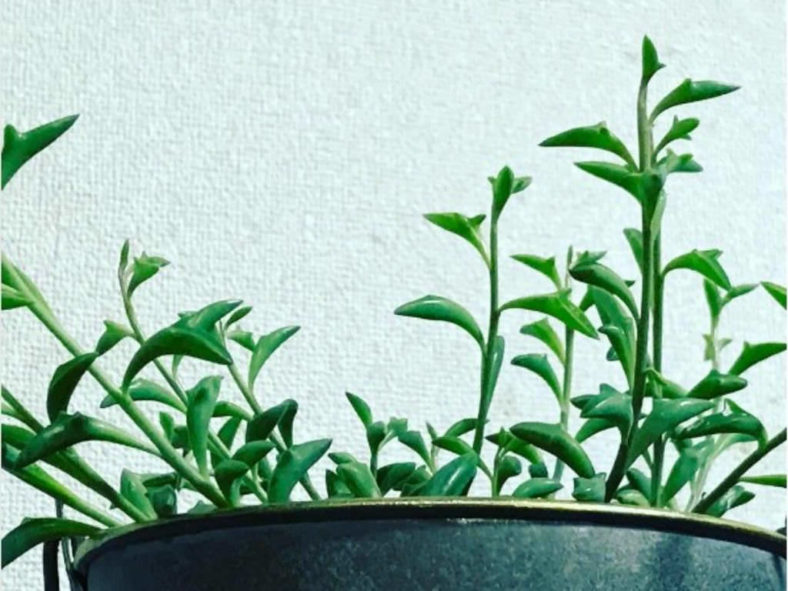For utter charm and whimsy, few plants can beat ×Bacurio delphinatifolius, also known as Senecio 'Hippogriff' or Senecio peregrinus. The common name is String of Dolphins, a very apt description of this adorable succulent. It develops leaves that quite literally look like tiny jumping dolphins. Growing a String of Dolphins as a household selection adds a touch of oceanic ambiance, combined with ease of care and unique leaf forms.
The string of Dolphins is a plant that brings extra charm to a sea-themed planter. Its unusual leaf form has typical succulent plumpness, low maintenance, and few growing issues. The main thing to remember is that the plant is a succulent and requires well-draining soil to thrive. One of the worst offenses is overly wet soil, but don't be fooled – String of Dolphins prefers regular moisture.
This plant is not commonly sold, but many collectors have specimens available. So it is a worthy challenge to find one and make it your lovely houseplant. The little dolphin leaves branch off of green stems that may reach 6 inches (15 cm). For dolphin fans, growing a String of Dolphins may be the closest thing they can come to having a pod of these aquatic mammals in their home.

Growing Conditions and General Care
Like all succulents, this plant tolerates periods of dryness but must be kept moist enough to prevent the leaves from puckering. Choose a well-draining soil and use a container just a bit larger than the plant. The plant thrives in slightly crowded conditions.
The String of Dolphins may be just another novelty plant, but it is selective about some of its care. Provide it with bright but indirect light.
The optimum average temperatures are 72°F (22°C) during the growing season. The plant will go dormant in winter and require slightly cooler temperatures, around 50°F to 55°F (10°C to 13°C).
Allow the soil to dry out between waterings. The plant needs to be watered once per week in the growing season but only once per month in the dormant period.
The String of Dolphins care is quite easy. It has few pest or disease issues. Spider mites may be a concern, as are mealybugs in certain climates. Diseases are generally confined to fungal problems, which can be prevented by correct watering, well-draining soil, and a container that releases excess moisture.
Source: gardeningknowhow.com
Links
- Back to genus Senecio
- Succupedia: Browse succulents by Scientific Name, Common Name, Genus, Family, USDA Hardiness Zone, Origin, or cacti by Genus